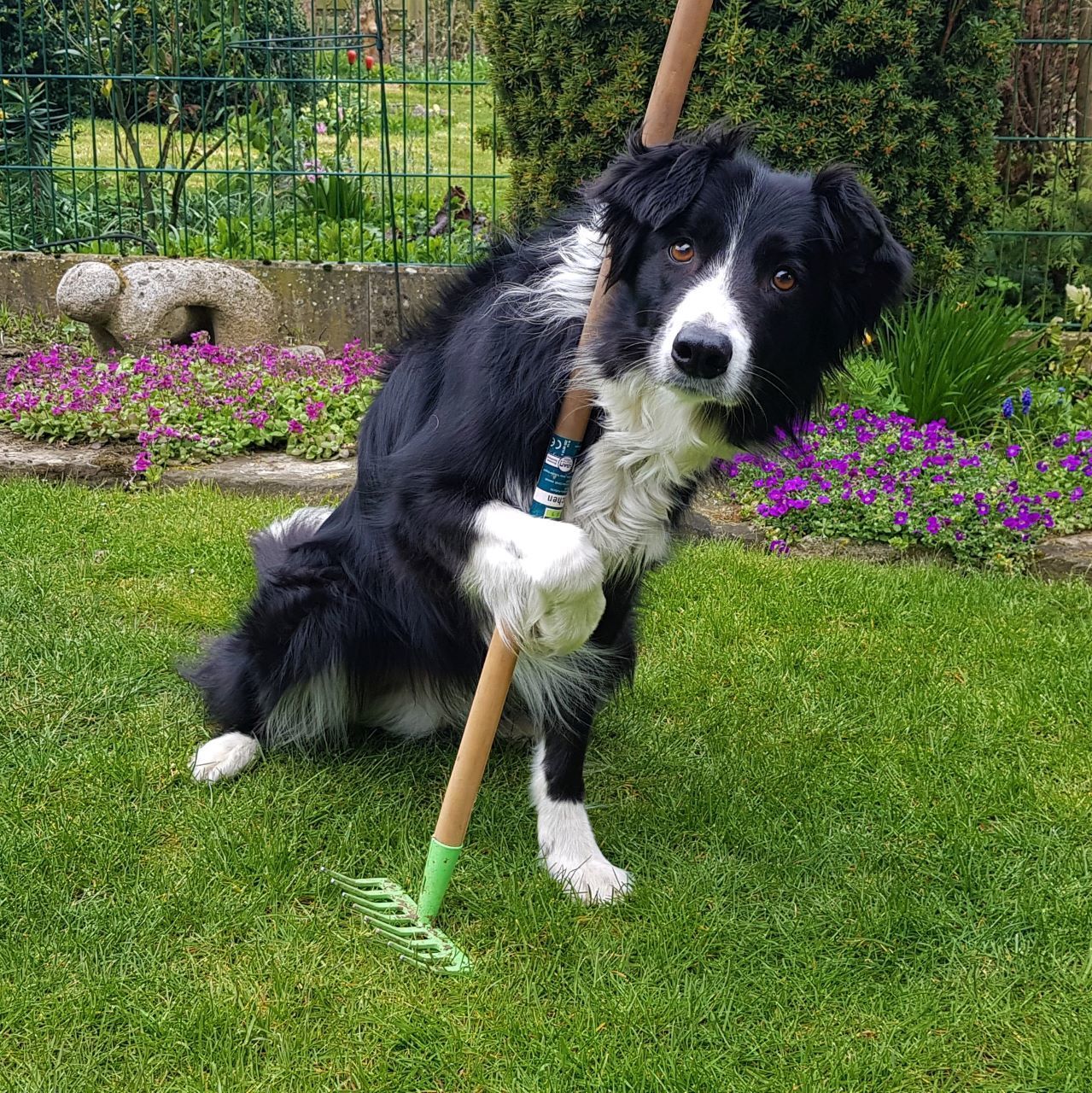Activity idea »trick training«
»What should trick training actually be good for?«
We've been asked that question many times. And I guess we gave a slightly different answer a few years ago than we do now.
Since the end of 2019, we, Katja Wellpott and Dana Taake, have been running our dog training school dogtrainPlus in Preußisch Oldendorf (North Rhine-Westfalia, Germany), where we offer a colourful mix of individual training, group courses in the areas of education and dog sports and online courses. Already in the years before we gave training, but at that time we were volunteers in a club. But even then, one of our main focuses was always clearly on the area of trickdogging. This is the name given to the dog sport in which the dog is taught the most varied tricks.
With our own dogs Lucky as well as Joy and Liv we have been practicing different tricks ourselves with great fun for years. The repertoire is growing, even today. The ideas never run out, because in principle there are endless different tricks, variations, combinations and different levels of difficulty.
But now back to the initial question: »What should trick training actually be good for?«
In the past, our answer would probably have been primarily: »So that the dog is mentally stimulated and utilized to capacity.«
But is that the only reason? Of course not!
Trick training is so much more than just mental workload for the dog. Often one practices tricks with much less expectation and pressure to perform. After all, it is not so important when a trick is finished. And it does not have to be perfect in the end.
With topics that are simply very important in everyday life, such as the recall or walking on a loose leash, you feel the pressure that it has to work out faster than with topics that fall more into the area of leisure.
Often tricks work better and faster in the end, because you don't take it so seriously.
In addition, trick training strengthens the bond to your dog. Because everything you do together and with fun strengthens your bond. In addition, the strengths of every dog can be used and encouraged in a wonderful way. This in turn strengthens the bond between the team and the dog, but also the dog's self-confidence. Quite often we have been able to help our dogs to more security.
And since there are in principle endless tricks that can be practiced, there will certainly be suitable exercises for every human-dog team, so that in the end it is fun for everyone.
By the way, you can often find preferences in dogs as well.
Some dogs love tricks in motion, such as slalom through the leg or circling an object. Or you practice tricks where the dog jumps over the arms and legs of the owner or even through them. Others prefer to do quiet tricks, like putting the head down, which is also a great trick for photos of the four-legged darling.
Some dogs prefer to use their nose and nudge or push something. Still others prefer to take something in their mouth and carry it or use their paws instead of their nose to touch something. In this way, the dog can even become a household helper, for example when he puts away his toys himself, puts socks in a basket, closes doors or returns »lost« objects to their owner. With its paw, a dog could, for example, operate a switch to turn on a light or ring a bell.
Trick training is very versatile, you can find exercises for dogs of all ages in addition to the preferences of humans and dogs. There are many tricks for young dogs, as well as for dogs with health problems, so that every dog can be kept busy according to his age and physical abilities. One can train outside or in bad weather simply indoors, because for many exercises not even a very large training area is needed.
Have you ever taught your dog to ring a small table bell? No?
Then be curious about our next article!
Next week we will explain a few things that will help you build tricks and show you two different ways to teach your dog to ring the bell.
